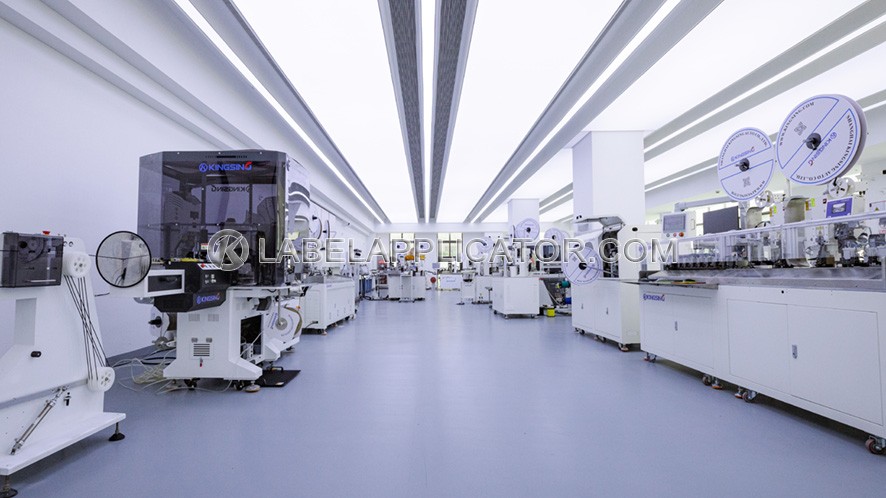 The kitchen is usually considered the guts of the house, the place functionality meets fashion to create a space that is each sensible and inviting. Whether you are planning a whole kitchen renovation or simply updating certain parts, understanding the core principles of kitchen interior design can help you achieve a space that enhances both your cooking experience and your own home's general aesthetic. This article explores essential parts of kitchen design, together with structure issues, style decisions, and practical tips for creating a beautiful and functional kitchen.
The kitchen is usually considered the guts of the house, the place functionality meets fashion to create a space that is each sensible and inviting. Whether you are planning a whole kitchen renovation or simply updating certain parts, understanding the core principles of kitchen interior design can help you achieve a space that enhances both your cooking experience and your own home's general aesthetic. This article explores essential parts of kitchen design, together with structure issues, style decisions, and practical tips for creating a beautiful and functional kitchen.
1. Plan Your Lighting Scheme: Before choosing fixtures, plan your lighting structure based mostly on the room's actions and needs. Consider how each layer of lighting will work collectively to create a balanced and functional setting.
four. Wall Sconces: Mounted on walls, sconces provide both ambient and accent lighting. They are suitable for living rooms, bedrooms, and hallways, and can be utilized to spotlight artwork or architectural options.
- Color Palette: Neutral tones with an emphasis on grays, browns, and metallics.
- Furniture: Exposed metal, reclaimed wooden, and functional, minimalist items.
- Accessories: Exposed piping, brick partitions, and vintage industrial elements.
Typography: Selecting the right typography is essential for readability and aesthetic attraction. Use a mixture of fonts—typically one for headlines and another for physique text—to create a hierarchy and information readers through the content smoothly.
three. Grouping and Arranging: Arrange crops in teams of various heights and textures to create a balanced and dynamic show. Combining crops of different sizes and shapes can add depth and curiosity to your décor.
four. Consult a Professional: If you are unsure about design selections or need assistance with complex layouts, think about consulting an inside designer or kitchen specialist. They can present useful insights and assist bring your vision to life.
- Color Palette: Neutral colors like whites, grays, and browns.
- Materials: Use of pure materials corresponding to wood, leather-based, and metals.
- Furniture: Sleek, easy designs with minimal ornamentation.
- Decor: Focus on performance with a couple of rigorously chosen pieces.
Industrial design celebrates raw, unfinished components usually present in warehouses and factories. It emerged within the late twentieth century as a reaction to the polished and ornate kinds of the past.
- U-Shaped: This design options cupboards and counter tops on three partitions, offering ample workspace and storage.
- L-Shaped: With cabinets on two adjacent partitions, this structure presents an open really feel and is right for smaller kitchens.
- Island: Incorporating an island offers additional counter space, storage, and may serve as a focus for www.Kingssing.com the kitchen.
- Galley: This structure options two parallel partitions of cupboards, maximizing efficiency in smaller spaces.
- Color Palette: Rich, www.Kingssing.com eclectic colors and patterns, including vibrant reds, purples, and blues.
- Furniture: A mix of classic, ethnic, and eclectic pieces with a focus on comfort and individuality.
- Accessories: Layered rugs, creative textiles, and an abundance of vegetation and private artifacts.
Grid Systems: Implementing a grid system may help maintain a cohesive and arranged layout. This approach ensures that text, pictures, and other elements are aligned constantly, creating knowledgeable and polished look.
5. Track Lighting: This versatile lighting choice lets you direct light the place wanted. Track lighting is ideal for highlighting art work, accentuating architectural particulars, or offering task lighting in workspaces.
2. Use Dimmer Switches: Installing dimmer switches permits you to adjust the sunshine intensity according to completely different times of day and activities. This provides flexibility and helps create the desired ambiance.
Understanding interior design kinds helps in creating an area that aligns with your preferences and way of life. Whether you prefer the classic elegance of conventional design, the sleekness of modern interiors, or the comfy charm of farmhouse décor, there’s a mode that fits your vision. By exploring these types and identifying which resonates with you, you'll be able to design a home that is both practical and aesthetically pleasing, actually reflecting your private style.
1. Plan for Traffic Flow: Ensure there could be sufficient space for motion and that key work areas are accessible. Avoid inserting home equipment and cupboards in ways in which hinder the kitchen's flow.
2. Light Quality and Color Temperature: The quality of light affects the temper and performance of an area. Consider the colour temperature, measured in Kelvin (K), which can range from heat (2700K) to chill (5000K). Warm gentle creates a cozy, inviting atmosphere, whereas cool gentle is right for task-oriented spaces and trendy settings.